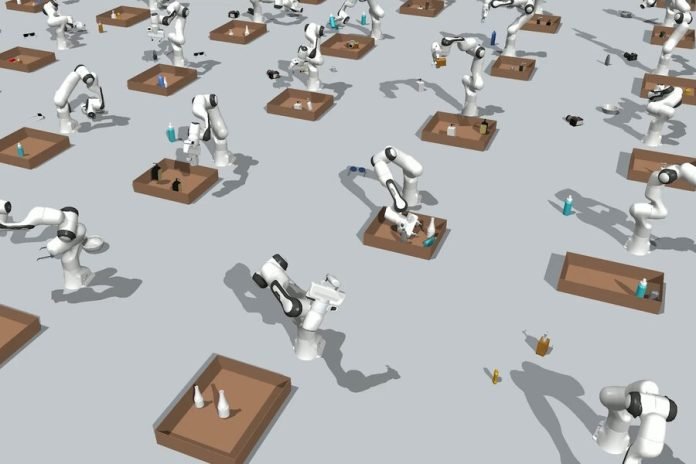
Packing luggage into a car trunk feels like a game of Tetris.
But what if robots could do it for us? Turns out, they had their own challenges with this. However, a brilliant team from MIT found a smart way to help robots become packing pros!
Why is packing tough for robots?
When robots pack things, they have to consider many rules. Like ensuring bags don’t fall out when the trunk is opened, heavy bags aren’t on top of lighter ones, and the robot’s arm doesn’t bump into the car.
Previously, robots would deal with one rule at a time, and then check if it broke any other rules. This took a lot of time, especially with many bags to pack.
How did MIT researchers help robots pack better?
The MIT team used a special type of AI, a diffusion model, to help robots think of all the packing rules at once and find the best way to pack things faster.
This AI is trained to understand different rules, like not letting items collide or making sure one item is next to another. By combining all these rules, the robot can figure out the best way to pack everything efficiently.
For instance, if a robot is setting a table, it’ll know to avoid letting the plates overlap or to place the fork beside the knife correctly.
How does this AI work?
The MIT team called their method Diffusion-CCSP. It uses multiple AI models, each focused on a specific rule or constraint.
When packing, all these models work together to find the best solution. They start with a random arrangement, like plates and spoons overlapping on a table. Then, the AI models help each other move things around step by step, ensuring all rules are followed.
By practicing this way many times, the models can come up with lots of different good solutions for various packing challenges. They know where every object should go so the robot can pick and place them correctly.
What did the researchers do next?
The MIT team needed lots of examples to train their models. But instead of using humans to solve packing puzzles slowly, they came up with their own solutions first. They quickly created digital boxes and filled them with 3D objects, ensuring tight and safe packing. They then used these examples to teach their AI.
The researchers tested their smart robot with real challenges, like putting 2D triangles into a box or stacking 3D objects without them falling. Their robot was better and faster than other methods!
What’s next for this robot packing genius?
The team wants to try their robot in trickier situations, like robots that move around rooms. They also hope their AI can solve problems in different areas without needing new training.
Danfei Xu, a professor at the Georgia Institute of Technology, praised MIT’s work. He said this AI method can quickly find solutions by combining different rules. He believes this technique can lead to more efficient and safer robots in the future.
Thanks to the MIT team, robots might soon be our packing buddies, making the Tetris-like challenges of filling trunks or setting tables a thing of the past.
And as this AI grows smarter, who knows what other helpful tasks robots might do for us next!
Follow us on Twitter for more articles about this topic.



